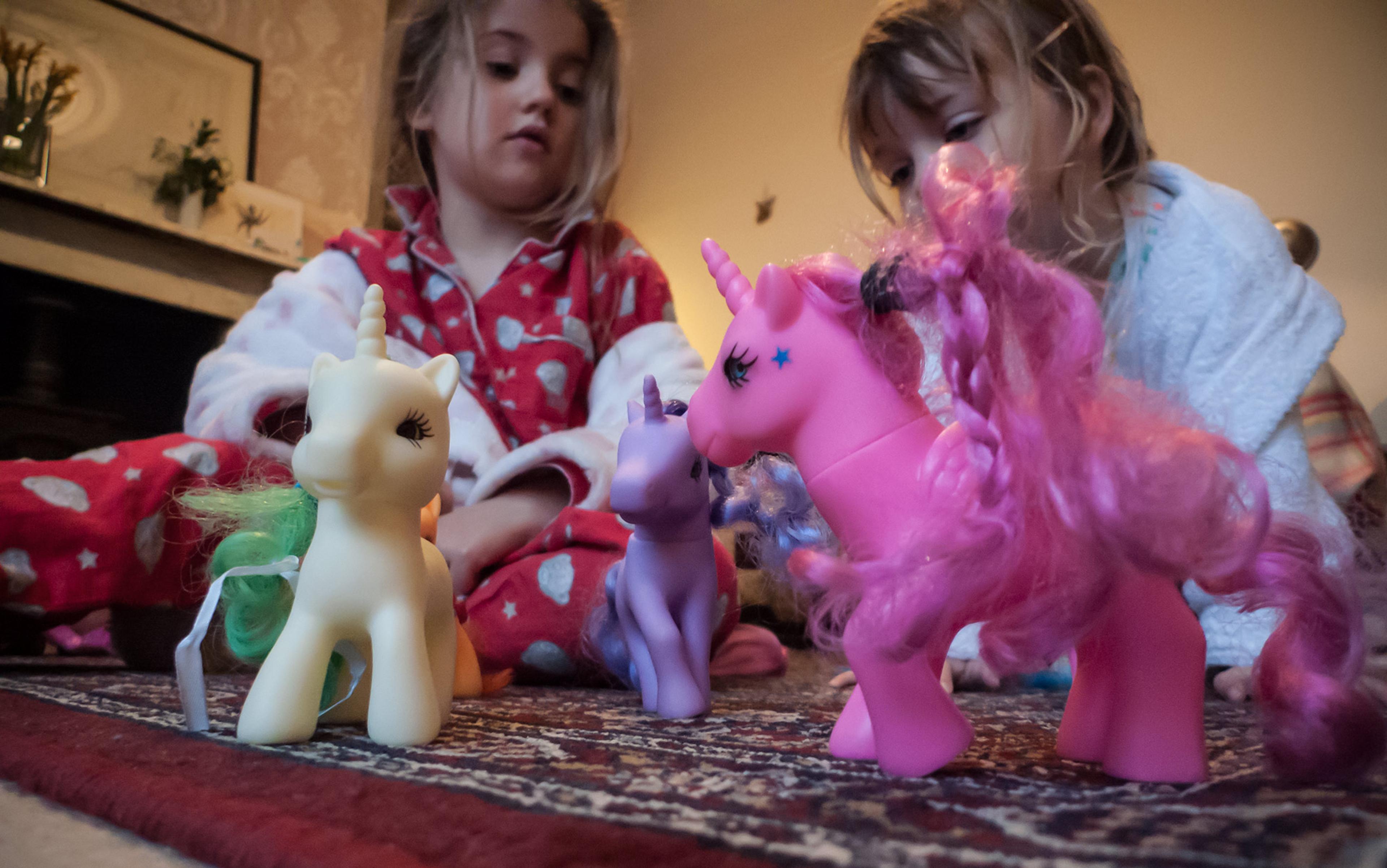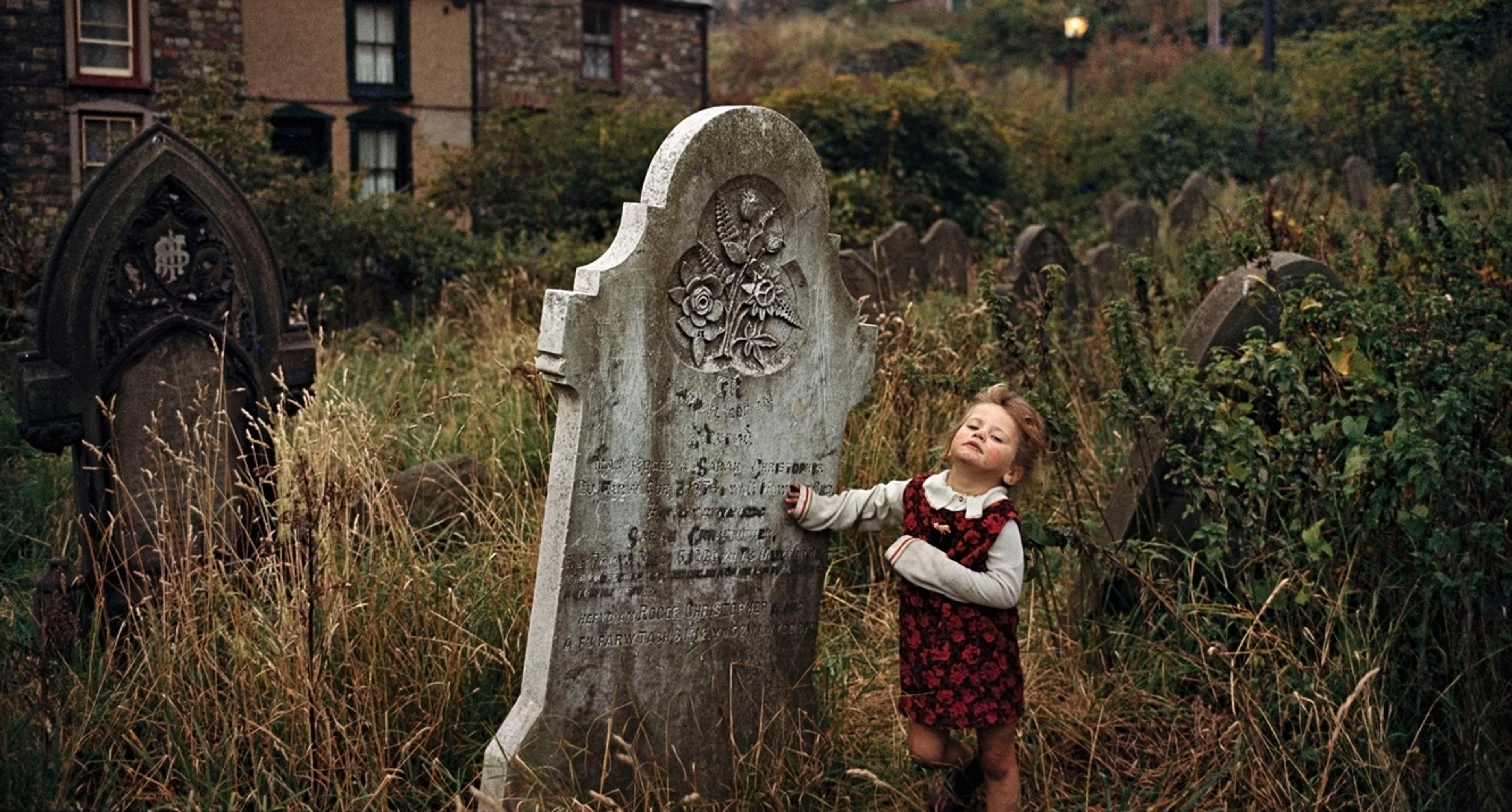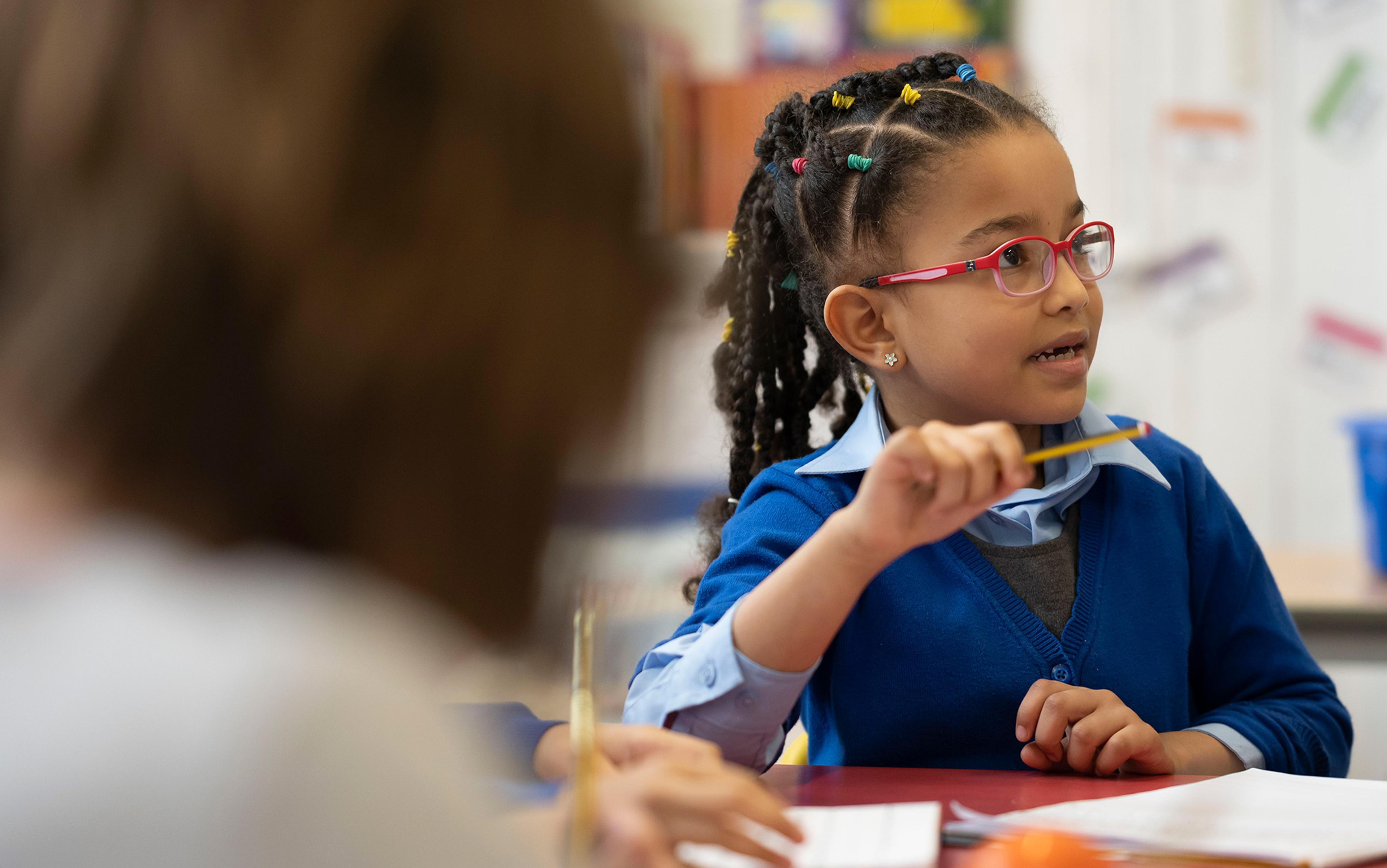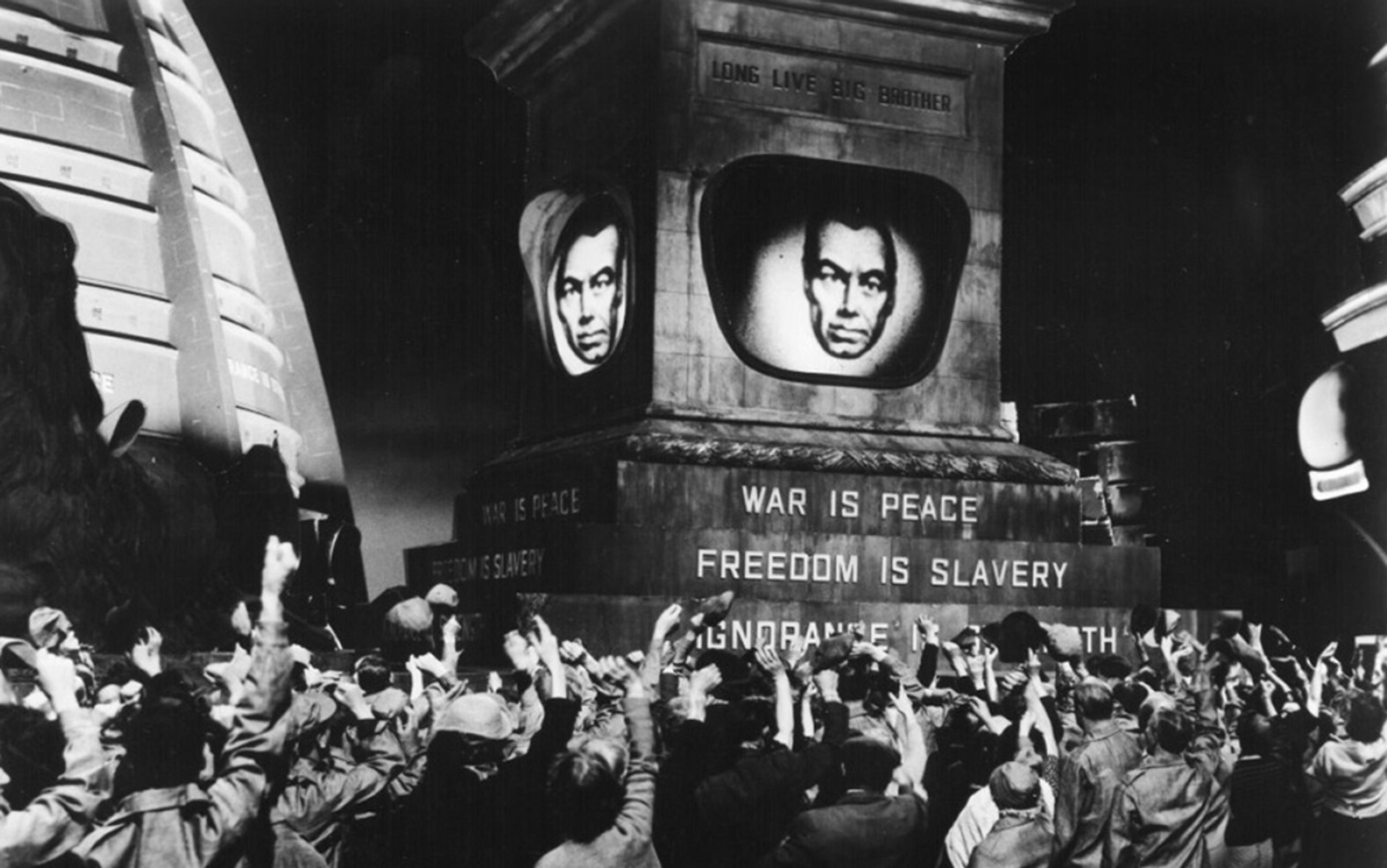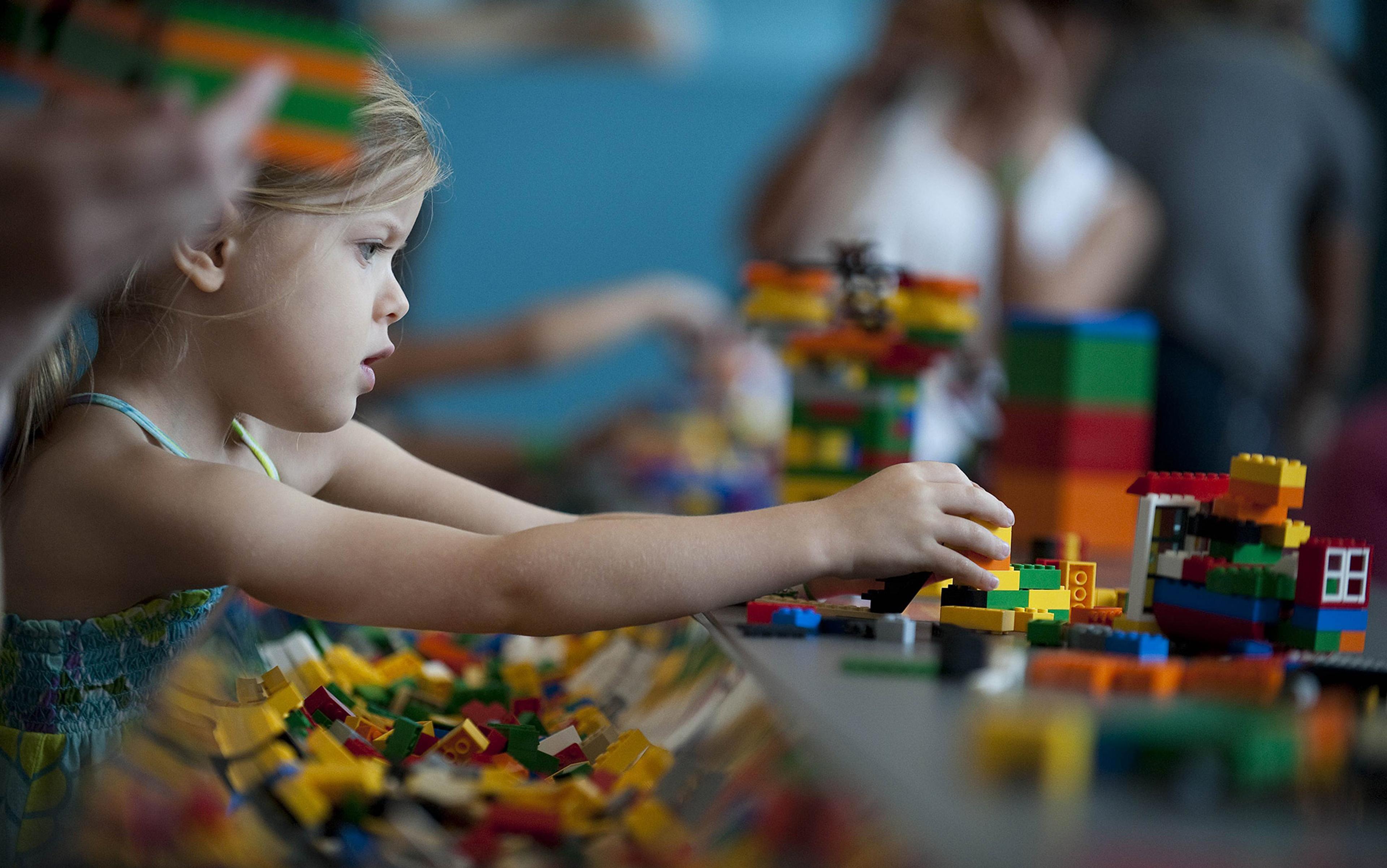The easy question came first, a few months after my son turned four: ‘Are we real?’ It was abrupt, but not quite out of nowhere, and I was able to answer quickly. Yes, we’re real – but Elsa and Anna, two characters from Frozen, are not. Done. Then there was a follow-up a few weeks later that came just as abruptly, while splashing around a pool: ‘Daddy, why are we real?’
I don’t have a ready answer this time, partly because I don’t really understand the question. Four-year-olds ask Why? a lot – the stereotype is true, maybe even an understatement – and they use Why? ambiguously. Like little Aristotles with their legs dangling from their car seats, their Whys are ‘said in many different ways’. Sometimes these Whys even fall under neat, Aristotelian types: they might be asking what the point of something is, or how it’s made, or even asking for a criterion. Usually, you can feel your way by context.
But sometimes, like now, I have no idea what my son is asking me to explain. He’s learning about the world, and learning how to ask questions about it at the same time, so there are at least two moving targets. My only clue so far is that he previously wondered whether he was real, which made it sound like he was trying to sort things into real and not-real. So maybe the follow-up is a request for a definition: What makes something real? What distinguishes the real things from the unreal ones? If so, this could be a bit awkward. ‘Why’-questions at their most straightforward correspond to ‘Because’-answers, where the ‘because’ refers to something other than what we’re trying to explain. You’re cranky because you haven’t eaten; we’re driving because we need to get food; this food is healthy because it has the nutrients you need. But when the question is ‘Why am I real?’, what other thing is there to fill in the blank after ‘because’?
I have a professional interest in this query. The notion of reality is one of the most basic and most abstract ones we have. Raising questions about the very idea of what’s real has led to some of the most important, classic work in philosophy – from Parmenides to Aristotle to Avicenna to Aquinas to Immanuel Kant. It also, however, has a tendency to produce the kind of frustrating, easily caricatured work that leads people – including many philosophers – to wonder whether certain questions are simply pointless or even illegitimate, and to adopt a kind of skeptical stance towards abstract questions in general. That attitude can be helpfully critical, but it can also be facile and self-stultifying, and it likes to masquerade as pragmatic good sense.
So how does that kind of question get started? It’s easy enough to notice when a child starts confronting questions about good and bad, right and wrong. That’s one reason for thinking that these questions have good credentials. But when, if ever, does reality itself become an object of curiosity, or puzzlement, or wonder – and why?
Just as there are multiple ways of asking or answering the question Why?, there are surprisingly many ways of distinguishing what’s real from what isn’t. One of the most familiar contrasts we draw is between reality and appearance. The distinction is at least as old as philosophy, and often we say that’s about when it started – proto-philosophers and proto-scientists of the 6th and 5th century BCE such as Thales, Anaxagoras, Empedocles and Leucippus making assertions about the fundamental reality underlying natural phenomena: the basic elements, atoms, or even numbers, if we can trust what we’ve heard about Pythagoras. Here we get the origin of the thought that what things are made of is what’s real (or ‘really real’, as we say when we’re at a loss for how to describe it), whereas the familiar objects at the human scale are somehow of lesser status.
We just contrasted reality with appearance, but at least a table is thought to be derived from something real, insofar as it’s constituted of matter. At its most fundamental, matter might not really be the way it appears to us, but it’s really there, and it really does appear a certain way. Its appearance, we might say, is the way it manifests itself. In a different way, though, reality is sometimes contrasted with what we might call mere appearance, like the motion we create on screens: pixels are turning on and off, and changing colour, so there’s change going on, but nothing that seems to be moving really is. This is different again from the kind of illusion of motion we get from certain patterns: here there’s no change in the object at all, but still an appearance of motion. So there are at least three types of things that might be contrasted as appearance rather than reality: manifestations, mere appearances, and illusions.
Of course, a bed isn’t a boat, no matter how many pieces of string or scarves you drape around it
We also distinguish the following: what’s real from what’s merely imagined or dreamt; the essential nature of things (what they ‘really’ are) from their contingent attributes; what has existed at least at some time from what never has. Dinosaurs and ancestors are real in this last sense, but unicorns aren’t.
There are even more ways we distinguish some things as real and others as unreal – at least a dozen by my count. Reality itself might be solid, but the word is mush. So far, though, none of these distinctions seem to get quite what might be bothering my son. In terms of how we grow up, maybe the one I’m being asked about is more basic. For a four-year-old, real is usually contrasted, not with what’s derivative, or with illusion, or non-existence, but with pretend or make-believe.
It’s a distinction that seems too obvious to be worth noticing for an adult – of course, a bed isn’t a boat, no matter how many pieces of string or scarves you drape around it. As Plato saw, though, it’s urgent for us to see how the distinction behaves in the presence of children. After all, children learn a lot by pretending, and they use make-believe to get a grip on what they experience. In turn, this sort of play is closely connected to the whole realm of stories we hear and watch, as opposed to the ones we act out ourselves. The philosopher Kendall Walton has even argued that we should understand our adult relationship to narrative artworks, such as novels and films, as a sophisticated version of childhood games of make-believe, so that the characters in the stories function as ‘props’. (The connection itself, as he notes, has been made before, going back at least to the Austrian-born historian E H Gombrich.)
A huge amount of what children come to experience or notice in their first few years are things we introduce to them through pictures and stories – from objects and animals to things such as work, conflict, daydreaming, fear, safety and more. We use images and stories to prepare them for reality, and that preparation influences how they confront it. At least, so we imagine, so we hope, and so we worry.
Plato is worried (and hopeful) too. Perhaps surprisingly, he groups stories with music and the other arts for the purposes of education, and thinks that we need to be very careful which ones we tell the future rulers of his ideal city in the Republic:
Don’t you understand that we first tell stories to children? These are false, on the whole, though they have some truth in them … You know, don’t you, that the beginning of any process is most important, especially for anything young and tender? It’s at that time that it is most malleable and takes on any pattern one wishes to impress on it.
Plato thinks that the malleability in this case has a distinct source: the young can’t distinguish the allegorical or non-literal meaning of a story from its surface meaning. His solution – censorship – is notorious, and can sound radical, but in some degree or other almost everyone accepts his statement of the problem, and some version of his solution.
Unless he’s prepared in the right way, a child won’t even recognise why something is good
But it’s important to see why Plato thinks we need these early stories that are ‘false on the whole, but contain some truth’. The general goal of all this early exposure to the right kind of stories, music and art isn’t any literal transmission of information, but rather that ‘something of those fine works will strike their eyes and ears like a breeze that brings health from a good place, leading them unwittingly, from childhood on, to resemblance, friendship, and harmony with the beauty of reason’.
The result is that
anyone who has been properly educated in music and poetry will sense it acutely when something has been omitted from a thing and when it hasn’t been finely crafted or finely made by nature … He’ll rightly object to what is shameful, hating it while he’s still young and unable to grasp the reason, but, having been educated in this way, he will welcome the reason when it comes and recognise it easily because of its kinship with himself.
A child being educated isn’t yet able to understand the reason why something is bad or good, shameful or noble. And yet, we can’t wait to start orienting him towards some things and away from others: by the time he’s ready to understand why some things are good and some bad, it’ll be too late to make him find the right behaviours and actions attractive. In fact, unless he’s already prepared in the right way emotionally, he won’t even recognise the reasons why something is good when they’re right in front of him.
This aesthetic-emotional preparation then is what makes later rational appreciation possible. It can work because children can be influenced, Plato thinks, by allegorical content and aesthetic properties, but this very susceptibility also makes the whole thing risky. Any parent who has overthought what stories to tell, what music to play, how to decorate a child’s room or what toys to have around will recognise this kind of fear and hope. For Plato, though, the crucial part is that the relation between these stories and artworks has a special role that plays on their two aspects: as images, they characterise our early ignorance, but in early childhood they are also one of the only ways to reach us. At their best, they are not mere images or stories but intimations, however attenuated, of something all-important we are not yet ready to grasp.
Let’s grant then that the distinction between reality and make-believe is pervasive and important in childhood. Still, what on Earth is there for a four-year-old to be puzzled about? And how to explain it in a way that will satisfy one?
I could say: ‘You have a body, but Elsa doesn’t.’ (I suspect that, for a lot of grownups, this is the obvious answer.) Elsa wears dresses, though, and you need a body for that, so I can’t say her body isn’t real without begging the question. That’s a foul but, more importantly, it means exactly what the phrase says. The question comes right back again.
I could point to origins: Elsa was made up by someone – invented – whereas my son was made by us. This isn’t promising either though, since it looks like I’m just saying he and Elsa were made in different ways. And how does one sort of making result in something that’s real, while another sort results in something that isn’t? Question-begging, again.
I should start over, with the notion of pretending. There’s actually a big difference between saying that the couch is a pretend-boat, the kind of thing he’s been doing for a while, and this newer business of saying that a character is just pretend. He’s used to seeing pictures and videos, and he goes back and forth between images and descriptions of real things, on the one hand, and images and stories about imaginary things, on the other, without any real warning. He’s been doing both of those things for a long time now – absorbing images and stories, and playing make-believe – but he’s been doing them separately. Now we’re asking him to combine those two notions, and accept that some pictures and stories – vivid sequences of moving images depicting moving, talking people – are just make-believe, and in some sense aren’t really of anything the way that others are. Some images tell us about what’s real, and some are just pictures. I can see that being puzzling.
How to explain the difference? I could talk about how animation is made, as opposed to photographs, but I doubt he’d understand it from a description. That isn’t really relevant, either, since other kinds of image can be trustworthy, and there’s no way I’m going to teach a child today that photographs have any special authority.
A well-crafted story can affect us whether or not we think it’s actually true
The problem, which I can’t quite explain to him, is that you can’t tell from the image itself which kind it is. Unless an image depicts an impossibility, it could be an image of reality, and any image, no matter how ‘realistic’, might be a mere image. (The same goes, perhaps even more disturbingly, for stories.) He’ll just have to learn by experience which images and stories to trust, and how much to trust them – and even then, sometimes he’ll be fooled. If that’s what he’s confused about, he’s perfectly right to be. Indeed, in a later dialogue, the Sophist, Plato locates the nature and danger of sophistry precisely in terms of the sophist’s ability to create appearances that are in some sense merely ‘images’ (eidôla), rather than ‘likenesses’ (eikones), and is compelled to work out how ‘what is not’ can be woven together with ‘what is’ in order to make sense of the idea.
Plato was right: images and stories are two-faced. We need them to learn our way around the world when we’re completely helpless in it, well before we have any idea what we’re learning, or why it’s important. No wonder we trust them, and no wonder they’re an especially soft target for exploitation. We need to trust them – and we must suspect them.
Plato was right again: not knowing how to deal with images is a basis for personal and political disaster. A well-crafted story can affect us whether or not we think it’s actually true, since by default – in fact, by training – we trust them without thinking that they must meet ordinary standards of literal truth. It’s a lesson we relearn every day, startling ourselves with our own gullibility, and living with the consequences. From this perspective, it seems naive to think that we could fight the influence of lies and bubbles on social media with a thumbs-down button, or a ‘trustworthiness indicator’, or even classes in critical thinking. If we hope to find remotely plausible solutions, we should recognise how deep the problem runs.
How, then, can I give a good answer, if the question is about what’s real and what’s pretend? I suppose the right answer has something do with the fact that trustworthy images are causally connected to their subjects in the right ways, and carry information about them because of these causal connections, but I don’t think we’re ready for that. I settle for something a bit simpler: he can do whatever he decides to do, but Elsa can do only what happens in the story. It’s not great, but it’s a positive message. It works for now.
But wait. Did I even address my son’s actual question, or was I responding to a projected image of my own? Did the philosophy professor – just this once, of course – overthink it? I still don’t know really, and never will. My son is only four, and by the time he’s able to explain what he means by Why?, he’ll have forgotten what puzzled him – if he hasn’t already.
